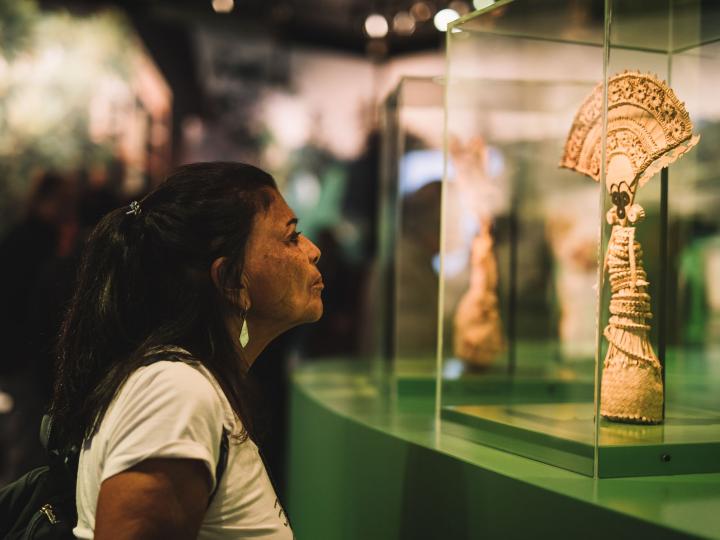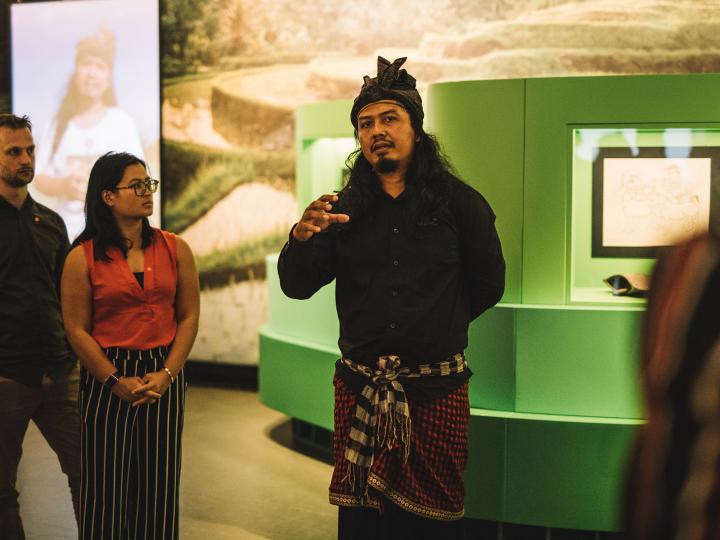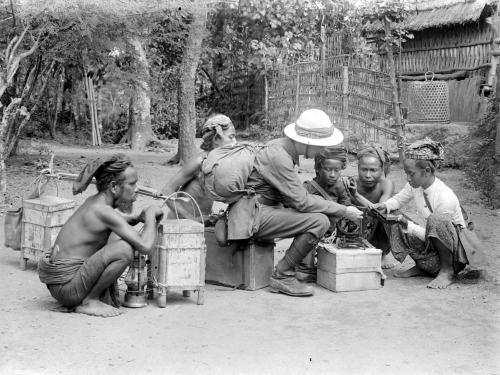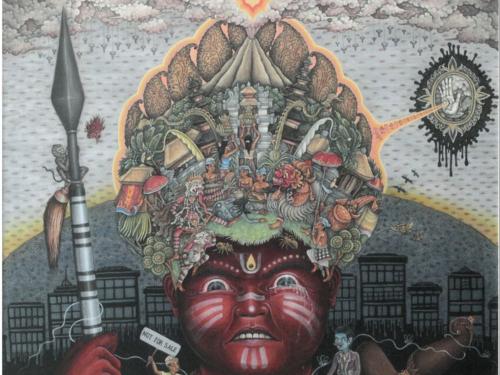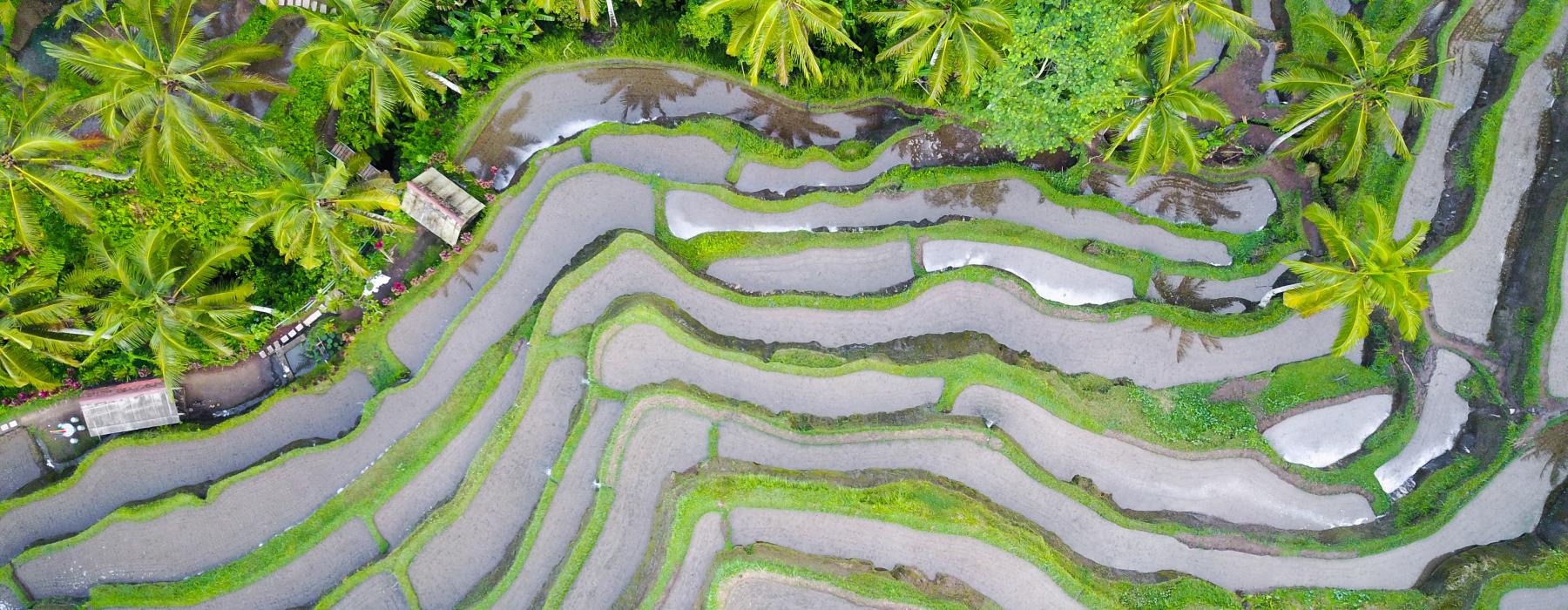
The facts and figures speak for themselves: between 2000 and 2017 the number of foreign tourists visiting the island has jumped from just over a million to more than 5.5 million annually. Obviously, this has had a major impact. Each year more than 1000 hectares of sawah (rice paddies) disappear, roughly equal to 2000 football fields, to be replaced by hotels, houses and golfing greens.
These tourist facilities exhaust the island’s water provisions and other amenities. And that leads to depletion of the water reserves needed to maintain the paddy fields. The exhibition explores the impact of tourism on rice farming and why rice cultivation plays such a key role in Balinese culture.
